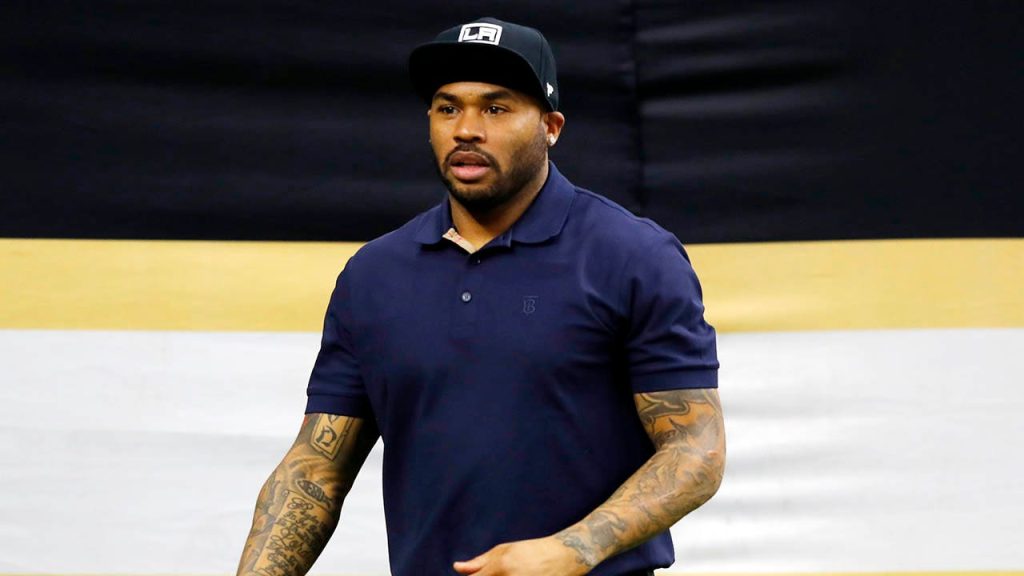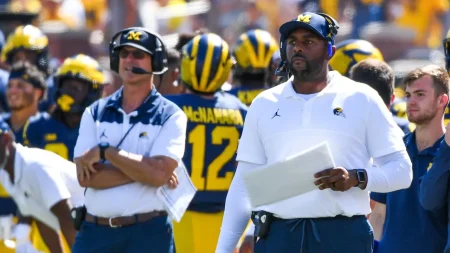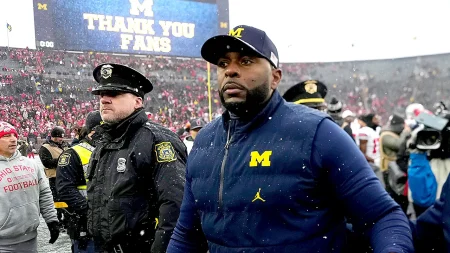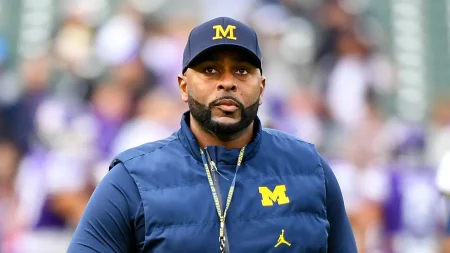Steve Smith Sr.’s Harsh Critique of Bills’ Keon Coleman: A Rising Tension Between Analysts and Young NFL Talent
In the high-pressure world of NFL analysis, few voices cut as sharply as Steve Smith Sr.’s. The former Carolina Panthers wide receiver recently turned his critical eye toward Buffalo Bills’ second-year receiver Keon Coleman, delivering what many consider a brutal assessment on his “89 with Steve Smith Sr.” podcast. Smith’s central criticism was straightforward and unforgiving: Coleman simply isn’t getting separation from defenders and isn’t developing into the number one receiver the Bills need. “Well, the short version: nothing,” Smith bluntly stated when asked about Coleman’s contributions. “I haven’t seen anything from him because he hasn’t had the opportunities, because opportunities don’t make themselves available. He just doesn’t get open fast enough.” Smith pointed to quarterback Josh Allen’s tendency to quickly look away from Coleman, suggesting this reflects a fundamental lack of confidence in the young receiver’s abilities.
The numbers tell a story of inconsistency that lends some weight to Smith’s criticism. After a promising rookie season where Coleman gathered 556 receiving yards on 57 targets across 13 games, his 2025 campaign has shown some regression with just 267 yards on 27 targets. Even more telling is Coleman’s production pattern – after an encouraging eight-reception performance in the season opener, he’s managed just 19 catches in all subsequent weeks combined. Smith and co-host James Palmer highlighted this drop-off as evidence of Coleman’s struggles to establish himself as a reliable target in Buffalo’s offense. The statistics suggest a receiver who hasn’t yet found consistent footing in his sophomore NFL season, despite occasional flashes of the talent that made him a high draft selection.
Perhaps most biting in Smith’s assessment was his dismissal of Coleman’s contested catch ability – an area where taller receivers like the 6’4″ Coleman should theoretically excel over smaller defenders. “Out of 12 contested targets, he got four. That is less than 30 cents,” Smith quipped, using his characteristic colorful language to emphasize what he sees as inadequate production. Smith, who stands at just 5’9″, preemptively addressed potential criticism that his assessment stems from bias against taller receivers: “I get accused of people who are taller than 6-feet, ‘Oh, Steve, you’re jealous.'” His response made clear that his evaluation comes not from envy but from a veteran’s understanding of what separates elite receivers from average ones – regardless of physical stature. Smith’s final verdict was unequivocal: “He doesn’t have the ability to be a true No. 1… He ain’t the guy. Can’t get separation. Can’t get off the jam. Doesn’t have it.”
Coleman’s response to this public criticism revealed the generational divide often present in such exchanges between retired stars and current players. Rather than engaging in a heated back-and-forth, Coleman took to social media platform X with a simple yet telling reply: four laughing face emojis. This minimalist response suggests either confidence that Smith’s assessment is misguided or perhaps a strategic decision to avoid escalating a public dispute with a respected NFL analyst. The younger generation of players often uses social media to control their narrative in ways unavailable to previous generations of athletes, allowing them to respond to criticism without directly confronting it. Whether Coleman’s emoji response indicates genuine dismissal or masked frustration, it represents a modern approach to handling public criticism from established NFL voices.
Interestingly, team performance statistics provide a counterpoint to Smith’s individual assessment of Coleman. The Bills have achieved a perfect 4-0 record in games where Coleman records at least 25 receiving yards, suggesting his contributions may have more impact than raw receiving statistics indicate. This correlation between Coleman’s modest production and team success hints at nuances potentially overlooked in Smith’s evaluation. After dropping consecutive games to the Patriots and Falcons, Buffalo bounced back with a dominant win over Smith’s former team, the Panthers, indicating the team remains competitive despite any perceived limitations in their receiving corps. The broader context of the Bills’ season shows a team that continues to find ways to win even as they develop young talent like Coleman alongside their established stars.
As the Bills prepare to host the Kansas City Chiefs in a rematch of the recent AFC Championship Game, the spotlight on Coleman will only intensify. High-profile matchups against elite teams provide opportunities for young players to validate themselves or prove critics wrong on the biggest stage. Smith’s criticisms, while harsh, represent the unforgiving standards expected of high draft picks in the NFL – particularly at skill positions where production is easily measured. Whether Coleman uses this public challenge as motivation or simply continues on his development path unbothered by outside noise remains to be seen. What’s clear is that the relationship between former NFL stars turned analysts and current players continues to evolve, creating a fascinating dynamic of mentorship, criticism, and generational differences that plays out both on the field and across media platforms.














